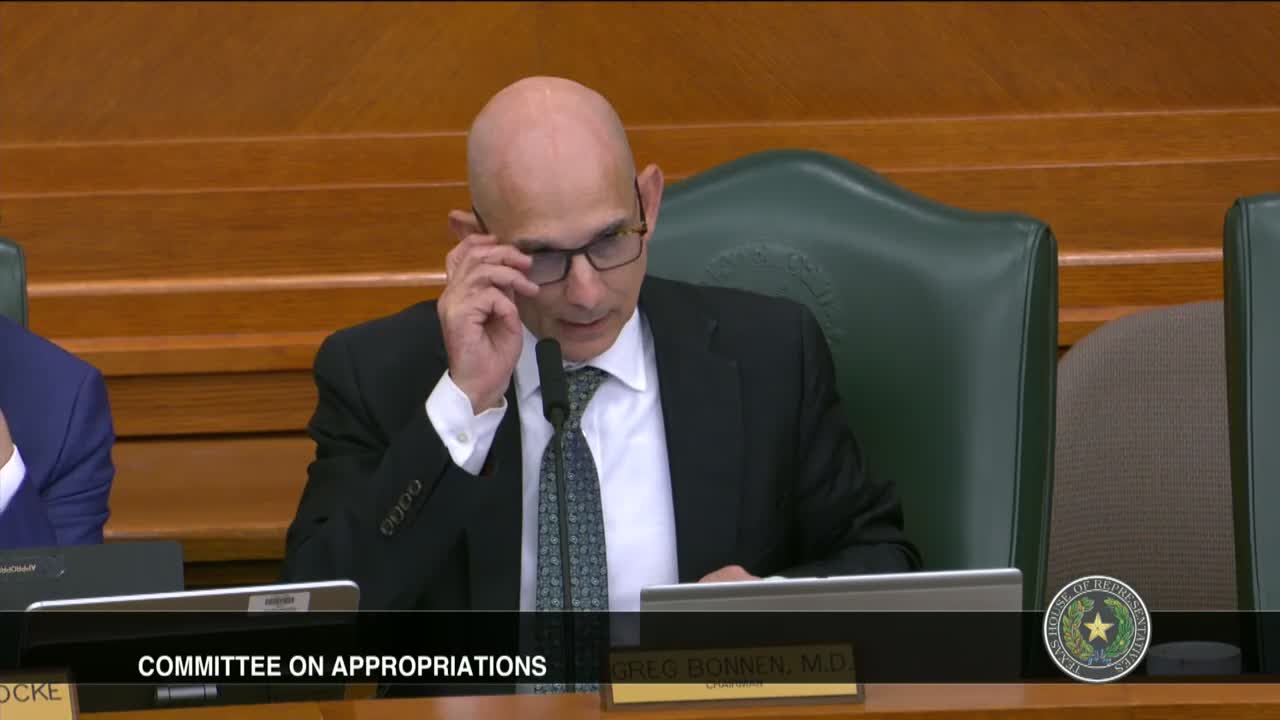Texas Population Surges as Migration Reshapes Demographics
September 24, 2024 | Committee on Appropriations, HOUSE OF REPRESENTATIVES, Legislative, Texas
This article was created by AI summarizing key points discussed. AI makes mistakes, so for full details and context, please refer to the video of the full meeting. Please report any errors so we can fix them. Report an error »

In a recent government meeting, Texas State Demographer Lloyd Potter presented a comprehensive overview of the state's population dynamics, highlighting significant growth trends and demographic shifts. As of 2023, Texas boasts an estimated population of over 30.5 million, making it the fastest-growing state in the U.S. with an increase of approximately 1,300 residents per day.
Potter emphasized that while Texas continues to attract new residents, particularly in urban areas known as the \"demographic triangle\"—comprising Dallas, Fort Worth, San Antonio, Austin, and Houston—some rural counties are experiencing population declines. This trend poses challenges for service provision, particularly in healthcare, as these areas age and face natural decreases in population.
The presentation also noted that Harris County remains a focal point for both domestic and international migration, despite experiencing net outflows of domestic residents. The influx of international migrants, particularly from Latin America and increasingly from Asia and Africa, has contributed to the county's growth. However, Potter warned that declining birth rates, which have fallen below the replacement level of 2.1 since 2011, could impact future population growth and the state's labor force.
Potter highlighted the implications of these demographic changes for infrastructure, housing, and education. Rapid population growth in certain areas is straining resources, necessitating urgent attention to housing and transportation development. He noted that while the overall student population in Texas is expected to grow, the rate of growth may not be as rapid, particularly in regions with declining birth rates.
The meeting concluded with discussions on the potential long-term effects of these demographic trends on public policy, particularly in education funding and resource allocation. As Texas navigates these challenges, the need for strategic planning to accommodate its evolving population landscape remains critical.
Potter emphasized that while Texas continues to attract new residents, particularly in urban areas known as the \"demographic triangle\"—comprising Dallas, Fort Worth, San Antonio, Austin, and Houston—some rural counties are experiencing population declines. This trend poses challenges for service provision, particularly in healthcare, as these areas age and face natural decreases in population.
The presentation also noted that Harris County remains a focal point for both domestic and international migration, despite experiencing net outflows of domestic residents. The influx of international migrants, particularly from Latin America and increasingly from Asia and Africa, has contributed to the county's growth. However, Potter warned that declining birth rates, which have fallen below the replacement level of 2.1 since 2011, could impact future population growth and the state's labor force.
Potter highlighted the implications of these demographic changes for infrastructure, housing, and education. Rapid population growth in certain areas is straining resources, necessitating urgent attention to housing and transportation development. He noted that while the overall student population in Texas is expected to grow, the rate of growth may not be as rapid, particularly in regions with declining birth rates.
The meeting concluded with discussions on the potential long-term effects of these demographic trends on public policy, particularly in education funding and resource allocation. As Texas navigates these challenges, the need for strategic planning to accommodate its evolving population landscape remains critical.
View full meeting
This article is based on a recent meeting—watch the full video and explore the complete transcript for deeper insights into the discussion.
View full meeting
